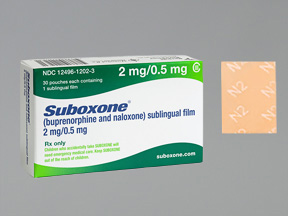
Plan to Double Healthcare Professionals Providing Buprenorphine
The state is planning[1] to double the number of healthcare professionals certified to provide Suboxone (and other addiction treatment medications) to patients over the next 18 months. The federal government has provided $26 million in grant funding under the 21st Century Cares Act so that more healthcare providers can get training. Under existing law, doctors, as well as nurse practitioners and physician assistants (PAs) can dispense buprenorphine.
Waiver to Treat Patients for Opioid Addiction
Under the Drug Addiction Treatment Act of 2000 (Data 2000), doctors can apply for a waiver[2] allowing them to treat patients with buprenorphine in their office, clinic, a community hospital or “any other setting where they are qualified to practice.” To qualify for a physician waiver, a doctor must be:
• Licensed under state law
• Registered with the DEA (Drug Enforcement Administration) to dispense controlled substances
• Agree to treat a maximum of 30 MAT patients during the first year
• Qualify to treat MAT patients, either by training or by professional certification
A doctor who has completed at least eight hours of classroom training focused on treating and managing patients with opioid use disorders can qualify for a waiver. The new training program for medical professionals is 1.5 days of classroom instruction, and participants are expected to continue their education through online courses and seminars.
Medication-Assisted Treatment Growing in the United States
The National Institutes of Health Studies says that MAT is a very effective method for treating opioid addiction. Studies conducted in 2014 revealed improved long-term recovery rates over traditional treatment methods, though it often takes finding the perfect balance for each individual as to how long they stay on the medication. Ideally, they would work toward being off of it in 2 years or less, and many people seek to use Suboxone for short-term tapering to simply ease opiate withdrawal symptoms.
Sources:
[1] http://www.vindy.com/news/2018/jan/05/ongoing-vindicator-series-medication-ass/
[2] https://www.samhsa.gov/medication-assisted-treatment/buprenorphine-waiver-management/qualify-for-physician-waiver



